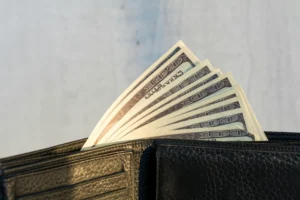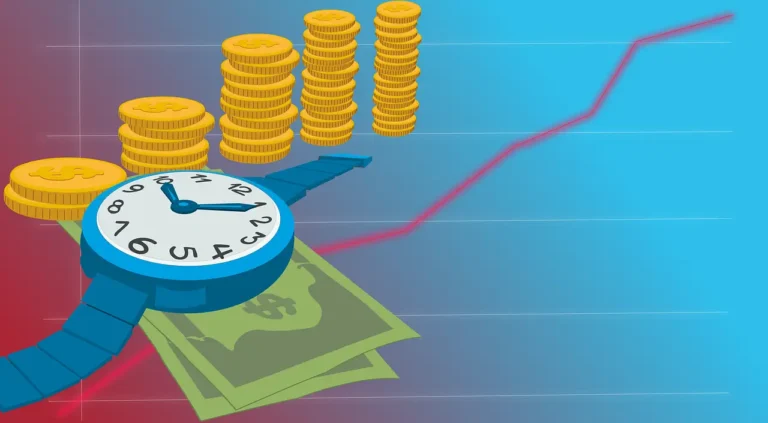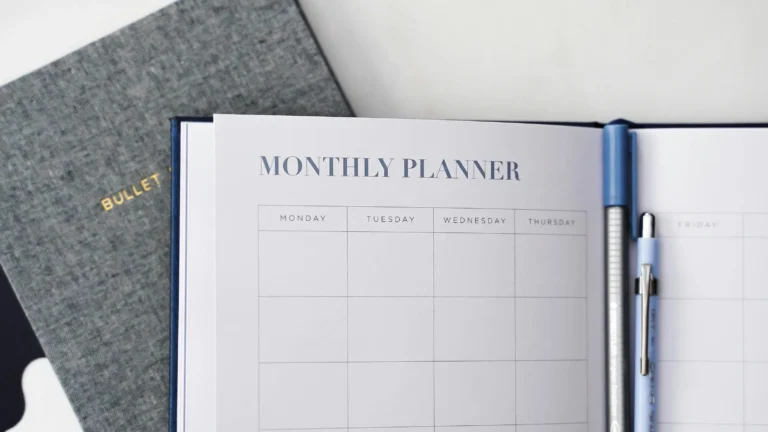Saving money isn’t always simple, especially when costs continue to rise and your paycheck doesn’t go as far as it once did. However, having some extra money aside can make life much less stressful. Whether you’re planning a trip, prepping for emergencies, or just want a bit of breathing room, putting away $500 in a month is a goal worth aiming for.
It may appear to be a lot, but with a few little adjustments and a well-defined strategy, it is quite feasible. Let’s go over some simple measures to help you How to Save $500 in 30 Days.
10 Practical Tips of How to Save $500 in 30 Days
1. Shift Your Spending Mindset
Before you begin crunching numbers, you need to change your money mindset. Look at this 30-day challenge as not a limitation, but as an empowerment to help you take control of your money. Use the next 30 days to be more mindful with your spending get to know your habits, notice where money seems to vanish, and promise yourself that you’re going to make every dollar count.
This brief reset can be the building block for permanent money habits. Rather than hacking and cutting expenses out of desperation, you’ll begin living off what truly fulfills you. With intentional awareness, you’ll find you’re capable of recovering great clarity and money.
2. Break Down the $500 Goal
Saving $500 in one month might sound ambitious, but it becomes far more manageable when you break it down. Instead of staring at the total, divide the goal into daily or weekly milestones—$125 per week or about $17 a day. These smaller targets make the process feel achievable and less intimidating.
Create a visual tracker or use a budgeting app to log your progress in real-time. Hitting these micro-goals can provide quick wins that keep you motivated throughout the challenge. Plus, the momentum from small successes builds financial confidence—one of the most valuable habits you can cultivate.
3. Review and Simplify Your Budget
A well-structured budget is your roadmap to reaching the $500 mark. Start by listing all your fixed expenses—rent, utilities, debt payments—and then examine your variable costs like food, subscriptions, and entertainment. This step helps you identify where your money is currently going and which categories offer room to cut back.
If you don’t already follow a budgeting method, try a simple structure like the 50/30/20 rule or cash envelope system to guide your spending during this challenge. The goal isn’t to eliminate all enjoyment, but to trim the excess. Even small changes—like pausing a few subscriptions or limiting takeout—can add up quickly over 30 days.
Read More: Easy Budgeting for Beginners
4. Cut Unnecessary Expenses
Once you’ve reviewed your spending, the next step is trimming the fat. Focus on identifying recurring or habitual expenses that don’t serve your bigger financial picture. That could mean pausing unused subscriptions, skipping weekly takeout, or choosing free events over paid entertainment. These aren’t sacrifices—they’re intentional choices that free up funds for goals that matter.
Get creative. Use what’s in your pantry instead of grocery splurges. Replace rideshares with public transit or walking. Even small behavioral shifts—like making coffee at home—can lead to surprisingly big results over a month. The goal isn’t just to save—it’s to spend consciously and on your own terms.
5. Boost Your Income with Side Hustles
Reducing expenses is one half of the savings equation; boosting your income is the other. Fortunately, there are flexible, low-barrier ways to earn extra cash without upending your schedule. Selling unused items online, picking up freelance gigs, pet-sitting, or running local errands can all help accelerate your savings progress.
Think of it as monetizing your spare time. Even earning an extra $10 to $20 a day through side hustles or part-time tasks can close the gap to your $500 goal. The key is not how much you make, but how consistently you contribute that income toward your financial objective.
6. Track Every Dollar You Spend
When you’re serious about saving, accountability is everything. Start tracking every expense—no exceptions. Whether you use an app, spreadsheet, or good old-fashioned notebook, the act of logging your purchases brings awareness to your habits and helps you stay aligned with your daily or weekly goals.
It’s not just about cutting costs—it’s about understanding your relationship with money. By reviewing your spending regularly, you can course-correct in real time, avoiding slip-ups and keeping your financial momentum going. Over time, this tracking habit becomes second nature, serving you well beyond this 30-day challenge.
7. Separate Your Savings
Separating your savings from your everyday spending account is one of the smartest ways to protect your progress. Open a dedicated savings account—preferably one with a high yield—and transfer money into it regularly, even if it’s just a few dollars a day. This “bucketing” method helps you stay organized and less tempted to dip into your savings.
Better yet, automate the transfers. Set up a recurring deposit from your main account so your savings grow without effort. The more out-of-sight it is, the more likely it is to stay untouched and grow steadily.
8. Celebrate Your Win
Hitting your $500 savings goal deserves acknowledgment. Celebrating your progress reinforces the habits that got you there—and makes the whole process more enjoyable. Treat yourself in a thoughtful, budget-friendly way, like enjoying a favorite coffee or spending time with friends who supported you.
9. Adjust Your Budget Moving Forward
Once the 30 days are over, take time to reflect. What changes felt effortless? What did you truly miss? Use this insight to recalibrate your long-term budget. You don’t need to maintain the same level of intensity, but you now know where your money can work harder with minimal impact on your lifestyle.
Maybe you decide to keep cooking at home more often or limit subscriptions to just one or two platforms. Small, lasting adjustments based on real experience can compound your savings over time—without feeling like a burden.
10. Put Your Savings to Work
Having amassed $500, the next issue is how to make the money grow. Consider depositing it into a high-yield savings account or short-term CD where it will earn interest but remain liquid. Even better, pair this money with a purpose—such as an emergency fund, vacation fund, or paying off a specific debt.
The financial responsibility that you’ve displayed is in itself a sound financial investment. Now it’s time to make your money earn as hard as you earned it last month. Placed in the appropriate financial instruments, even a modest amount of money can be the cornerstone of future financial success to follow.








